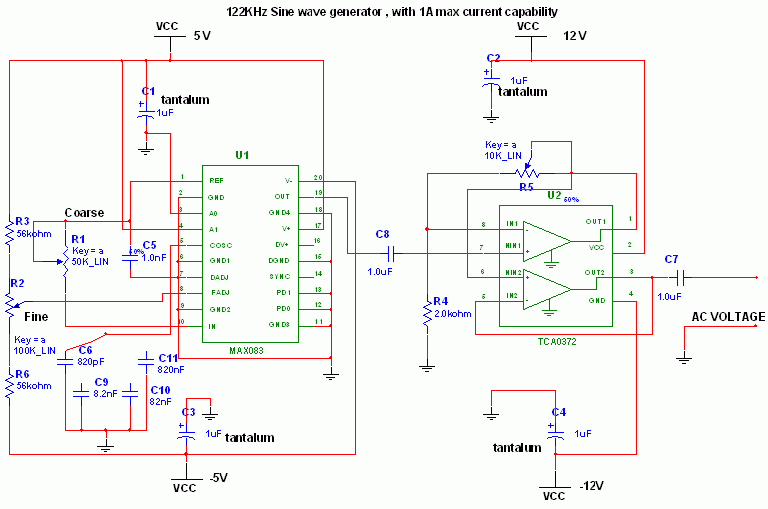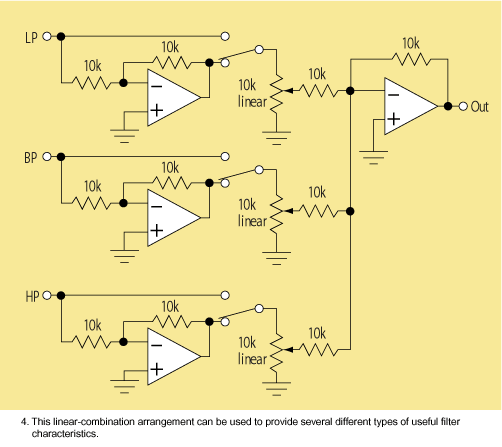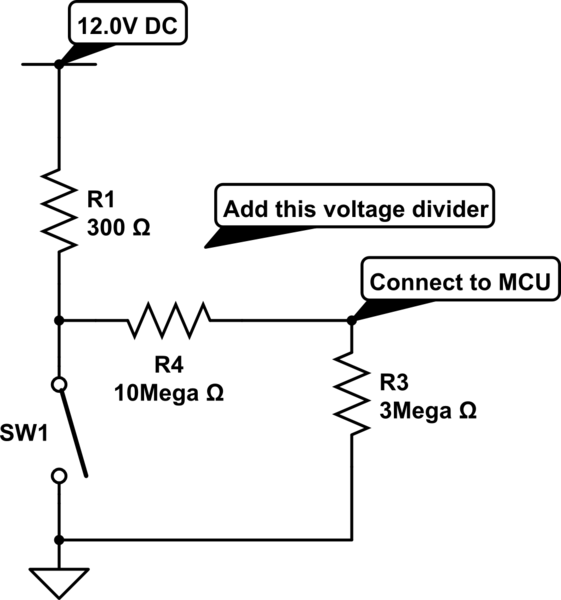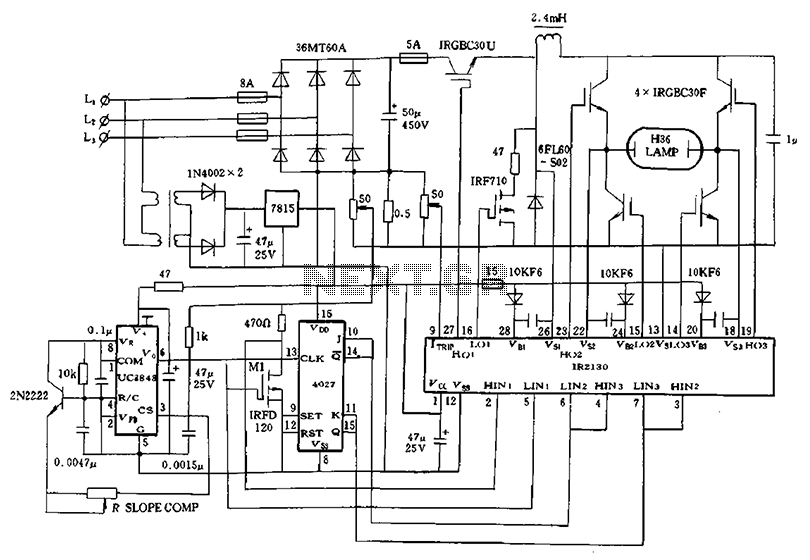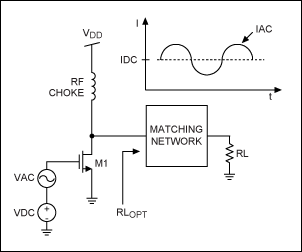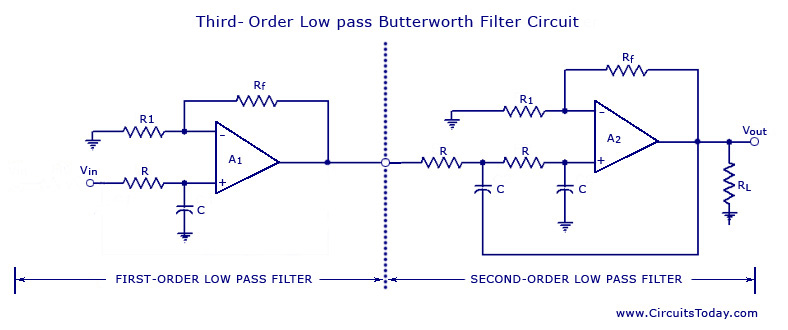
DC RMS And Peak-to-Peak High Impedance Voltmeter
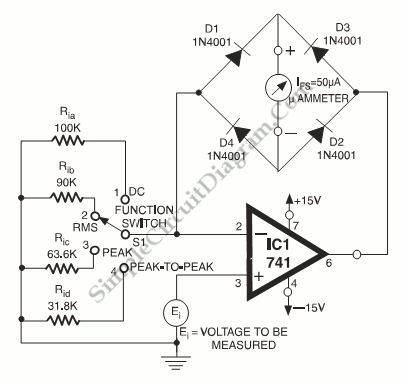
An analog meter typically does not exhibit high impedance due to the absence of a buffer circuit within its design. By incorporating active buffering, the input impedance of this circuit can be significantly enhanced.
The integration of an active buffer circuit into an analog meter serves to improve its input impedance, which is crucial for accurate measurement in various electronic applications. A buffer circuit, often implemented using operational amplifiers (op-amps), isolates the meter from the circuit being tested. This isolation minimizes the loading effect that the meter might impose on the circuit, thereby preventing distortion of the measured signal.
In practical terms, an operational amplifier configured as a voltage follower can be used as an active buffer. The non-inverting input of the op-amp is connected to the signal source, while the output is connected to the analog meter. This configuration allows the op-amp to provide a high input impedance, typically in the range of megaohms, while maintaining a low output impedance. Consequently, the analog meter can accurately reflect the voltage of the source without drawing significant current from it.
The benefits of this approach are particularly evident in high-impedance applications, such as measuring signals from sensors or other sensitive devices. The active buffer circuit ensures that the analog meter can operate effectively without influencing the source signal, thus providing more reliable and precise readings. Additionally, the use of active buffering can enhance the frequency response of the measurement system, allowing for the detection of rapid signal changes that might otherwise be missed with a traditional analog meter.
In conclusion, incorporating an active buffer circuit into an analog meter design not only enhances its input impedance but also significantly improves measurement accuracy and reliability across a range of electronic applications.Analog meter normally doesn`t have high impedance since they don`t have buffer circuit inside. With active buffering, the input impedance of this circuit.. 🔗 External reference
The integration of an active buffer circuit into an analog meter serves to improve its input impedance, which is crucial for accurate measurement in various electronic applications. A buffer circuit, often implemented using operational amplifiers (op-amps), isolates the meter from the circuit being tested. This isolation minimizes the loading effect that the meter might impose on the circuit, thereby preventing distortion of the measured signal.
In practical terms, an operational amplifier configured as a voltage follower can be used as an active buffer. The non-inverting input of the op-amp is connected to the signal source, while the output is connected to the analog meter. This configuration allows the op-amp to provide a high input impedance, typically in the range of megaohms, while maintaining a low output impedance. Consequently, the analog meter can accurately reflect the voltage of the source without drawing significant current from it.
The benefits of this approach are particularly evident in high-impedance applications, such as measuring signals from sensors or other sensitive devices. The active buffer circuit ensures that the analog meter can operate effectively without influencing the source signal, thus providing more reliable and precise readings. Additionally, the use of active buffering can enhance the frequency response of the measurement system, allowing for the detection of rapid signal changes that might otherwise be missed with a traditional analog meter.
In conclusion, incorporating an active buffer circuit into an analog meter design not only enhances its input impedance but also significantly improves measurement accuracy and reliability across a range of electronic applications.Analog meter normally doesn`t have high impedance since they don`t have buffer circuit inside. With active buffering, the input impedance of this circuit.. 🔗 External reference
